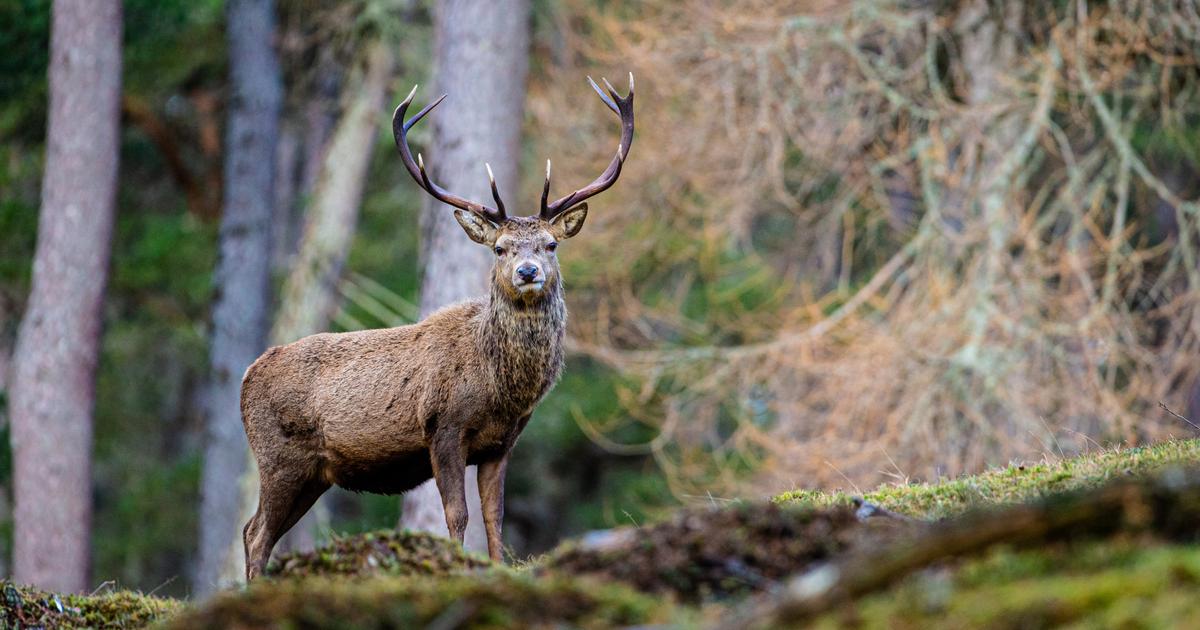Waakirchen - After a large area on the Sigrizalm near Waakirchen was destroyed by the bark beetle, friends of the mountain forest have now planted new trees.
An alliance of 21 mountain forest friends from the Miesbach section in the German Alpine Association (DAV) and the Miesbach local group in the Bund Naturschutz (BN) as well as local hunters from the Ecological Hunting Association (ÖJV) have worked in collaboration with the Office for Food, Agriculture and Forests (AELF) in Holzkirchen recently reforested a mountain forest at the Sigrizalm in Waakirchen with climate-tolerant tree species.
Conflicts between those seeking relaxation, nature conservationists, hunters and foresters are repeatedly reported in the media.
The joint action by DAV, BN, ÖJV and AELF Holzkirchen, during which 1,000 young trees were planted, is all the more remarkable, the authority says: "The atmosphere was excellent, the cooperation among each other was excellent."
Typical tree species of the mixed mountain forest
The typical tree species of the mixed mountain forest such as silver fir, spruce, larch and yew were brought into the ground.
The important deciduous tree species of the mountain forest such as red beech and sycamore maple are already present on the area through natural regeneration and therefore did not have to be brought in additionally.
The young trees now lay the foundation for a healthy and stable mixed mountain forest that will cope well with the expected climatic conditions.
Bald area due to bark beetle infestation
"The planting became necessary after a bark beetle infestation resulted in an approximately one hectare bare area and young trees were only very sparse," said a press release.
"The mountain forest owner, together with the mountain forest friends, was faced with the task of restoring the desired, familiar image of the mountain forest with permanent and climate-tolerant mountain forest tree species as quickly as possible."
Due to the more frequent storms, dry seasons and insect damage such as bark beetle infestation, increasing areas of damage can be expected in the mountain forest in the future.
"In the long term, it is not a solution to laboriously replant all areas, since our mountain forests themselves would be able to renew themselves naturally on the majority of the area and thus restore their splendor and beauty," explains the authority.
Mountain forest made fit for the future
A prerequisite for this is a wild population of deer, red deer and chamois that is adapted to the habitat, which ensures that enough trees can grow and survive by themselves.
Since the game population is not regulated by large animal hunters such as wolf, bear and lynx as it was in the past, this difficult task nowadays has to be taken over by human hunters.
There are always conflicts of interest, which often cause displeasure among mountain forest friends.
"It's just a good thing that mountain forest owners, nature conservationists and hunters all pulled together in this campaign and made a small piece of mountain forest fit for the future with energetic commitment," the AELF sums up.
ksl











/cloudfront-eu-central-1.images.arcpublishing.com/prisa/KMEYMJKESBAZBE4MRBAM4TGHIQ.jpg)



